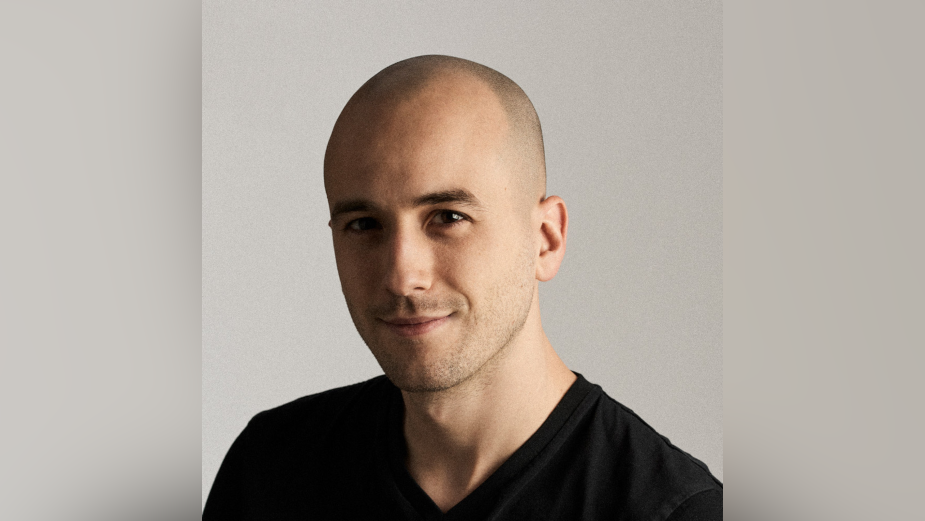
My Biggest Lesson: Tyler Cohen

Tyler Cohen is creative director, experience at Tool. He works on a variety of projects at Tool blending immersive experiences with cutting-edge technologies. Prior to Tool, Cohen spent time at Gigantik and Bleacher Reporter, creating experiences for brands like the NBA, NFL, UFC, CNN, Shopify, YouTube, American Airlines and more. During that time, he played a key role in designing the first P2E blockchain game available on the Apple App Store and pioneered the first-of-its-kind floating basketball court - an experiential activation he introduced for NBA All-Star Weekend in 2020.
Immense creative power lies within understanding—or just dabbling in—the third dimension. It’s the most valuable lesson I ever learned. Your physical form and literal existence are confined to a world composed of tactile geometry, so why limit your creative output to flat shapes and planar graphics? Get off the screen, and go into space. You can ink a drawing of a squid, or you can hold one in your hands—you’re going to feel and smell the difference. How a customer experiences a brand, and how you build for one, is no different. Dimensionality is and must be considered the most effective way to actualise your ideas and also serve as the formative basis to tantalise all the customers’ senses.
To any creatives reading this, I’m not suggesting you need to abandon your medium, but I implore you to augment it if you haven't, or revisit for a second shot if you have already tried and given up. It may feel like a Sisyphean task—it can be rage inducing—but 3D shifts the way you think, first in how you visualise, and second, how you talk about design. You’ll better understand the world around you if you can deconstruct how it’s made.
I’m positive the greats knew this. Michelangelo mastered 3D, and Rodin gave it a great deal of thought, obviously. Prolific Picasso even found time in between his cotton canvases to bust out a sculpture on occasion, which likely made him a better artist and a master of form. I don’t exist in the same universe as the aforementioned, but diving into the deep end of 3D programs certainly opened doors and made me a much more serious conceptual thinker. A light switch flicks on in the brain after you accept depth and explore the z-axis. Once you’re capable of building castle structures in such a sandbox, your previous artwork looks like crayon drawings comparatively. Not only that, but it becomes a cakewalk to visualise concepts for stakeholders and get buy-in from your non-creative counterparts. There’s no more generalities, as clients can see precisely the vision that I’m selling them. It makes me dangerously efficient. It’s my greatest tool, and it isn’t even my strongest asset.
The learning curve is steep. Like, 90 degrees on a smooth rock face, equipped with fishing line and a prayer. But the point isn’t to master it (who has?!), it’s simply to help shift how you think. It’s hard to convey, but once you deal with dimensionality, lighting, and material choice, everything seems easier, and you experience your surroundings and work differently. It sounds like bullshit, but it’s not. You know, that adage about directors who struggle to get lost in a film or authors who just can’t enjoy a book because all they see is the craft and which blends of meat were used in the sausage. It’s a switch of the lens that takes you down a rabbit hole you won’t bother resurfacing from.
I remember the aha moment distinctly, when I went from typesetting 7-point font text warnings on pharmaceutical packaging at the beginning of my career while praying for a way out, to creating dazzling event spaces shortly after taking my first brain-melting course in 3D. It was a cheat code, and I unlocked a foundational shift that catapulted me through a sequence of previously locked doors. Ultimately, I crash-landed into a passion project that put me on the map and in the capable hands of my current employer, where I use these techniques on a daily basis.
3D has always been a competitive edge. I’d bet the cuboid-shaped farmhouse on it that as we hurl forward on a never-ending rollercoaster of hype cycles bolstered by outrageous industry projections, you can hang your dimensioned hat on 3D as a skill that will always be squarely in the centre for what comes next. The best part? It’s all available online, and some industry-standard programs are free. You just need one Saturday to model your first Blender donut and watch how those delicious pieces form, and your career takes shape.















